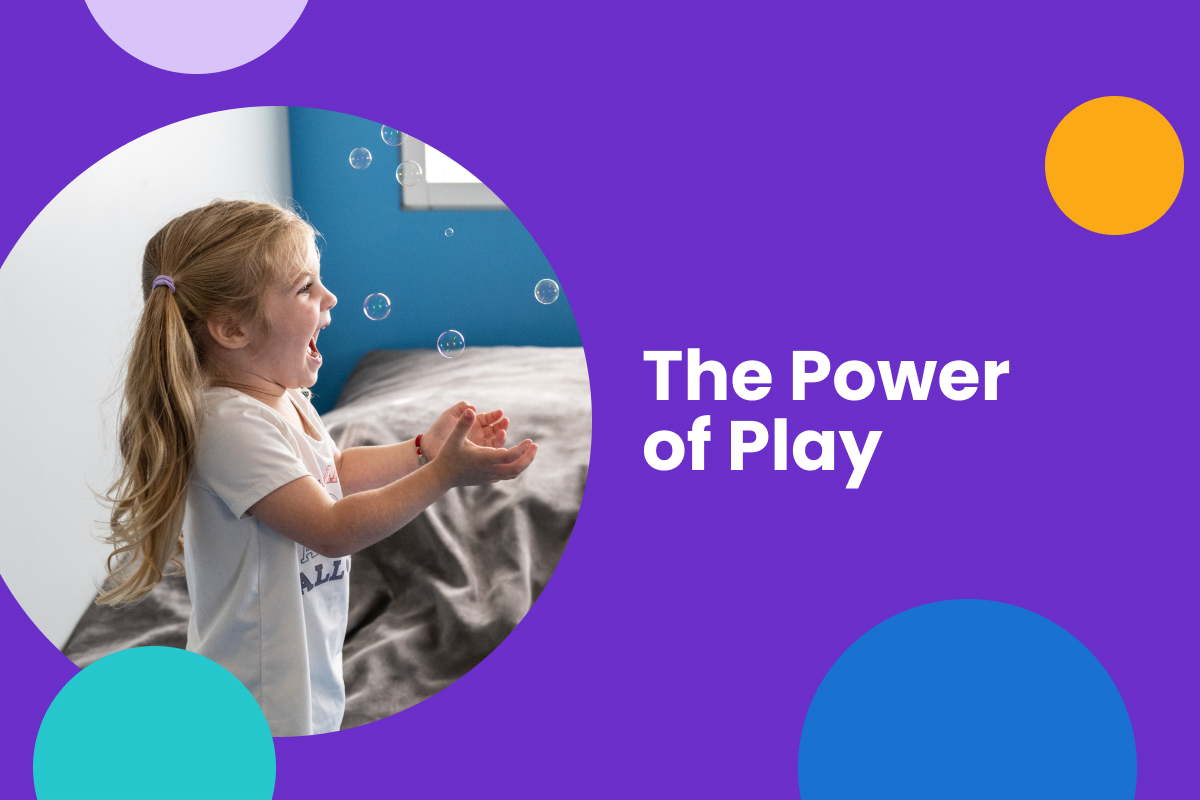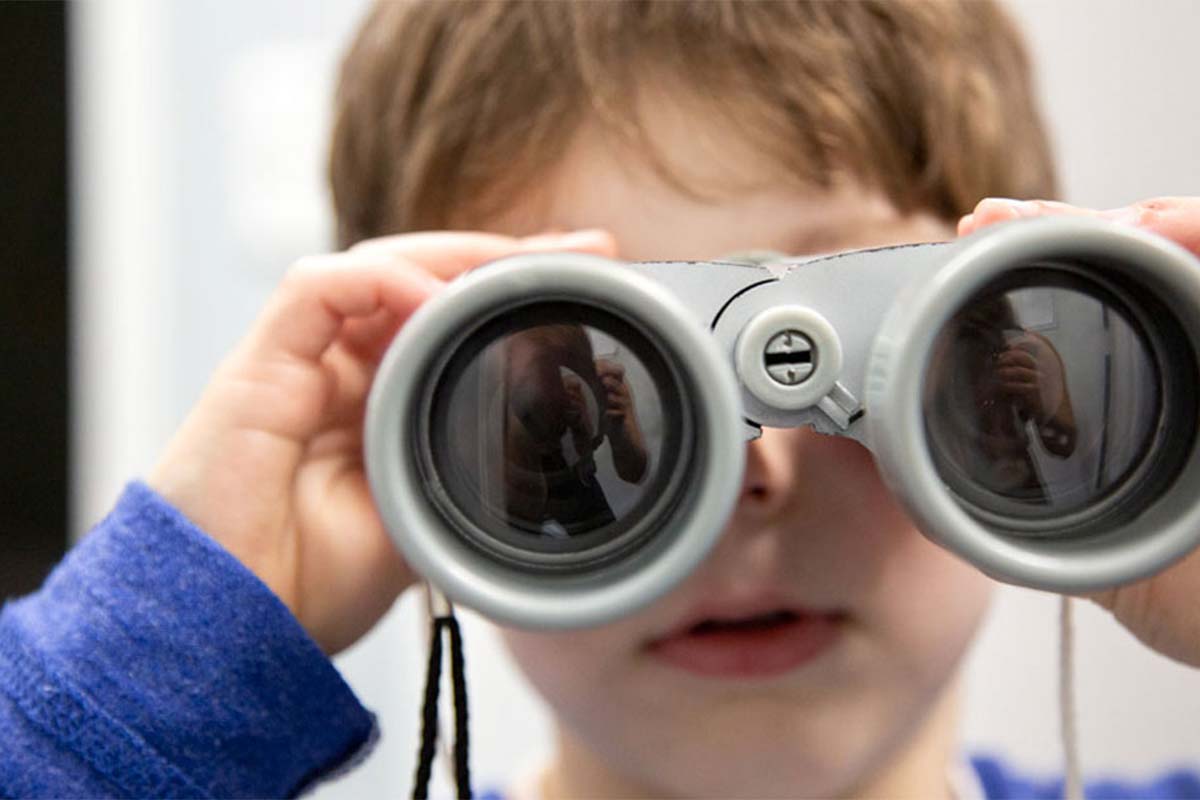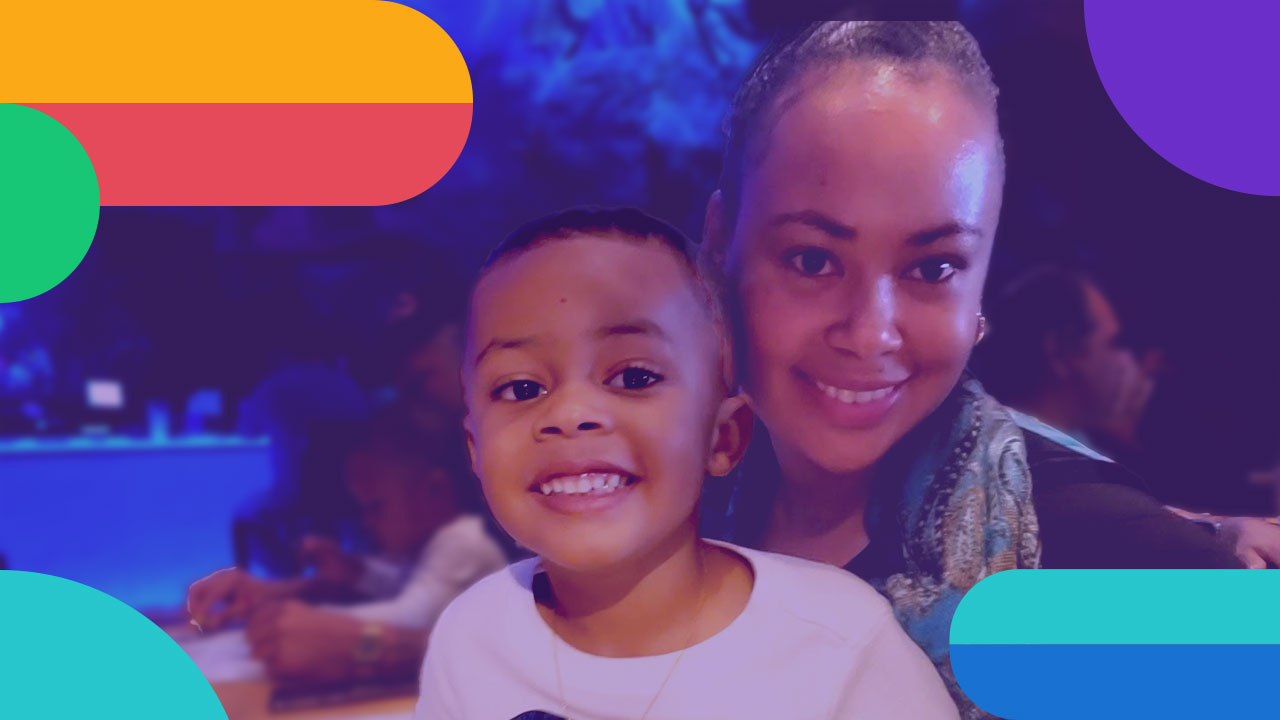
“I love empowering parents to find the predictability in their children.”
— Dr. Lori Baudino
We’re all movers!
“Dance/Movement Therapy is the therapeutic use of movement to further the emotional, cognitive, physical, and social integration of the individual based on the premise that the body, mind, and spirit are interconnected.” So what does that mean in practice – particularly for individuals with autism who may struggle with shutdowns?
We recently held a live discussion with Dr. Lori Baudino and Dr. Ben Russell, hosted by Stacy Goebel to answer just that. We delved into the fundamentals and basis of movement therapy in autism, and how important it can be for parents communicating with their autistic children. Dr. Baudino shared some insight into how movement is commonly dealt with incorrectly and gave some fantastic positive ways to relate to the child with movement instead.


Here are some highlights from the talk (though we really recommend watching the full broadcast here).
Movement therapy helps you understand a child's emotions without needing to ask questions verbally.
Dr. Lori: “A lot of parents say, ‘why are you doing that?’ and instead we could say, ‘Oh you're doing that, that's information.’…I say that not because it's easy [observing movement], but because when we have the humility to sit in and drop in and notice how brilliant these kids are, the tension goes away, the judgement goes away, and we start to be more curious.”
Utilize the power of D.A.N.C.E. to access and observe a child’s behavior.
Dr. Lori: “D.A.N.C.E. is about integration.
D …is differentiate. We're [focusing, observing, and] differentiating movements by saying ’my child is not bad; my child is moving’...
A [is] attaching the movements. We’re saying, ‘hey it's not so simple; it's not one piece of their hand moving it's their whole body...’ Can we attach and move with the child in those ways?
N is the narrating. You're going to [put] words to what you're experiencing.
C is consciousness, as in letting the child know that ‘I hear you, you are seen, and you see me too.’ That's the coregulation.
E is the engagement...the empathy is there; you've got this emotional engagement.
That's the D.A.N.C.E.”
In most cases, the best way to communicate with a child who is projecting extreme or chaotic movements is to ask yourself why they are performing certain actions.
Dr. Lori: “I was wanting to give an example for parents wanting a child to speak about a difficult situation. [You’re] having a dissonance at home. The child wants it one way, the mom wants it a different way, and this child starts to get up and doesn't speak – starts to move and throw an object across the room.
Taking the time to observe and study certain movements instead of shutting them down can stand to broaden what your child does when experiencing things that they can’t put words to. Immediately putting a stop to some movements with negative labels may confuse or distort what they know to be explaining emotions. The child is actively experiencing stress because they aren’t able to say what they feel, so by showing them we understand, and that we are with them not against them, may be enough to significantly calm that stress inducer.
Dr. Ben: “[It’s about] being curious and being humble enough to know that you don't know [this child’s exact experience right now], but remembering that they're doing the best that they can...They feel a lack of control, and this [movement] is a way to feel like they can get a sense of control.”
Using movement as a catalyst for communication opens up the possibility of understanding what your child is saying.
Dr. Lori: “We're all movers...You’ve got the tools [and] the ability already, you're not lacking anything. It just starts by watching, really looking before we talk…There's a vagueness to [mirroring movement], but it's so beautiful because there’s no way to do it wrong. Often parents are like, 'I don't know HOW to do it.’ The children in front of us are already doing it. They're already moving. All you have to do is try to see what that's like, put it in your own body.”
To get the full discussion and dig deeper into the underlying co-regulation and sensory challenges involved, we highly recommend watching the full broadcast. You can also read the full transcript here.
“Join the disconnect to get connected!”
— Dr. Lori Baudino



.png)






